Image Reconstruction Based on Novel Sets of Generalized Orthogonal Moments
Abstract
:1. Introduction
2. Classical Chebyshev Orthogonal Polynomials
2.1. Chebyshev Orthogonal Moments
2.2. Fractional Order Orthogonal Chebyshev Moments (FCMs)
| Algorithm 1: Orthogonal Fractional Chebyshev Moments [18] | |
| Input | |
| Step 1 | Generate image coordinates from Equation (15) |
| Step 2 | Generate normalized fractional order Chebyshev forandEquation (11) |
| Step 3 | Calculatefrom Equation (14) |
| Output | Image moment at. |
2.3. Proposed Generalized Fractional Order Orthogonal Chebyshev Polynomials (GFCPs)
2.4. Proposed Generalized Fractional Order Orthogonal Chebyshev Moments (GFCMs)
| Algorithm 2: Generalized Fractional order Orthogonal Chebyshev Moments (GFCMs) [19] | |
| Input | |
| Step 1 | Create image coordinates from Equation (24). |
| Step 2 | Compute Equation (20) forand |
| Step 3 | from Equation (23) |
| Output | Image moment at. |
3. Proposed Generalized Orthogonal Laguerre Polynomials (GLPs)
3.1. Proposed Generalized Laguerre Orthogonal Moments (GLMs)
| Algorithm 3: Generalized Laguerre Orthogonal Moments (GLMs) [21] | |
| Input | |
| Step 1 | Computeforandfrom Equation (29) |
| Step 2 | Calculatefrom Equation (31) |
| Output | Image moment at. |
3.2. Proposed Generalized Laguerre Fractional Order Orthogonal Polynomials (GLFPs)
3.3. Proposed Generalized Laguerre Fractional Order Orthogonal Moments (GLFMs)
| Algorithm 4: Generalized Laguerre Fractional Order Orthogonal Moments (FGLMs) [21] | |
| Input | |
| Step 1 | Computeforand |
| Step 2 | Calculatefrom Equation (37) |
| Output | Image moment at. |
4. Discussion and Numerical Results
4.1. Image Representation
4.2. Computational Time
5. Conclusions
Funding
Acknowledgments
Conflicts of Interest
References
- Teague, M.R. Image analysis via the general theory of moments. J. Opt. Soc. Am. 1980, 70, 920. [Google Scholar] [CrossRef]
- Papakostas, G. Over 50 Years of Image Moments and Moment Invariants, Moments and Moment Invariants-Theory and Applications. In 2D and 3D Image Analysis by Moments; Flusser, J., Suk, T., Zitova, B., Eds.; John Wiley & Sons: Hoboken, NJ, USA, 2016; pp. 3–32. ISBN 9781119039372. [Google Scholar]
- Zhao, F.; Huang, Q.; Xie, J.; Li, Y.; Ma, L.; Wang, J. Chebyshev polynomials approach for numerically solving system of two-dimensional fractional PDEs and convergence analysis. Appl. Math. Comput. 2017, 313, 321–330. [Google Scholar] [CrossRef]
- Hosny, K.M.; Darwish, M.M.; Aoelenen, T. New Fractional-order Legendre-Fourier Moments for Pattern Recognition Applications. Pattern Recognit. 2020, 103, 107324. [Google Scholar] [CrossRef]
- Hosny, K.M.; Darwish, M.M.; Aoelenen, T. Novel Fractional-Order Generic Jacobi-Fourier Moments for Image Analysis. Signal Process. 2020, 107545, in press. [Google Scholar] [CrossRef]
- Hosny, K.M.; Darwish, M.M.; Aboelenen, T. Novel fractional-order polar harmonic transforms for gray-scale and color image analysis. J. Frankl. Inst. 2020, 357, 2533–2560. [Google Scholar] [CrossRef]
- Xiao, B.; Luo, J.; Bi, X.; Li, W.; Chen, B. Fractional discrete Tchebyshev moments and their applications in image encryption and watermarking. Inf. Sci. 2020, 516, 545–559. [Google Scholar] [CrossRef]
- Hassani, H.; Machado, J.A.T.; Avazzadeh, Z.; Naraghirad, E. Generalized shifted Chebyshev polynomials: Solving a general class of nonlinear variable order fractional PDE. Commun. Nonlinear Sci. Numer. Simul. 2020, 85, 105229. [Google Scholar] [CrossRef]
- Fernández, L.; Pérez, T.E.; Piñar, M.A.; Xu, Y. Krall-type orthogonal polynomials in several variables. J. Comput. Appl. Math. 2010, 233, 1519–1524. [Google Scholar] [CrossRef] [Green Version]
- Fernández, L.; Pérez, T.E.; Piñar, M.A. Orthogonal polynomials in two variables as solutions of higher order partial differential equations. J. Approx. Theory 2011, 163, 84–97. [Google Scholar] [CrossRef] [Green Version]
- Koornwinder, T. Two-Variable Analogues of the Classical Orthogonal Polynomials. In Proceedings of the Theory and Application of Special Functions; Elsevier BV: Amsterdam, The Netherlands, 1975; pp. 435–495. [Google Scholar]
- Xiao, B.; Li, L.; Li, Y.; Li, W.; Wang, G. Image analysis by fractional-order orthogonal moments. Inf. Sci. 2017, 382, 135–149. [Google Scholar] [CrossRef]
- Xu, Y. Second order Difference Equations and Discrete Orthogonal Polynomials of Two Variables. Int. Math. Res. Not. 2005, 8, 449–475. [Google Scholar] [CrossRef]
- Xu, Y. On discrete orthogonal polynomials of several variables. Adv. Appl. Math. 2004, 33, 615–632. [Google Scholar] [CrossRef] [Green Version]
- Fernández, L.; Pérez, T.E.; Piñar, M.A. Second order partial differential equations for gradients of orthogonal polynomials in two variables. J. Comput. Appl. Math. 2007, 199, 113–121. [Google Scholar] [CrossRef] [Green Version]
- Sweilam, N.H.; Nagy, A.M.; El-Sayed, A.A. On the numerical solution of space fractional order diffusion equation via shifted Chebyshev polynomials of the third kind. J. King Saud Univ.-Sci. 2016, 28, 41–47. [Google Scholar] [CrossRef] [Green Version]
- Parand, K.; Delkhosh, M.; Nikarya, M. Novel orthogonal functions for solving differential equations of arbitrary order. Tbilisi Math. J. 2017, 10, 31–55. [Google Scholar] [CrossRef]
- Benouini, R.; Batioua, I.; Zenkouar, K.; Zahi, A.; Najah, S.; Qjidaa, H. Fractional-order orthogonal Chebyshev Moments and Moment Invariants for image representation and pattern recognition. Pattern Recognit. 2019, 86, 332–343. [Google Scholar] [CrossRef]
- Hassani, H.; Machado, J.A.T.; Naraghirad, E. Generalized shifted Chebyshev polynomials for fractional optimal control problems. Commun. Nonlinear Sci. Numer. Simul. 2019, 75, 50–61. [Google Scholar] [CrossRef]
- Parand, K.; Delkhosh, M. The generalized fractional order of the Chebyshev functions on nonlinear boundary value problems in the semi-infinite domain. Nonlinear Eng. 2017, 6, 229–240. [Google Scholar] [CrossRef]
- Bhrawy, A.; Alhamed, Y.; Baleanu, D.; Alzahrani, A. New spectral techniques for systems of fractional differential equations using fractional-order generalized Laguerre orthogonal functions. Fract. Calc. Appl. Anal. 2014, 17, 1137–1157. [Google Scholar] [CrossRef]
- Bhrawy, A.; Taha, T.; Abdelkawy, M.; Hafez, R.M. On Numerical Methods for Fractional Differential Equation on a Semi-infinite Interval. In Fractional Dynamics; Sciendo Migration: Warsaw, Poland, 2015; pp. 191–218. [Google Scholar]

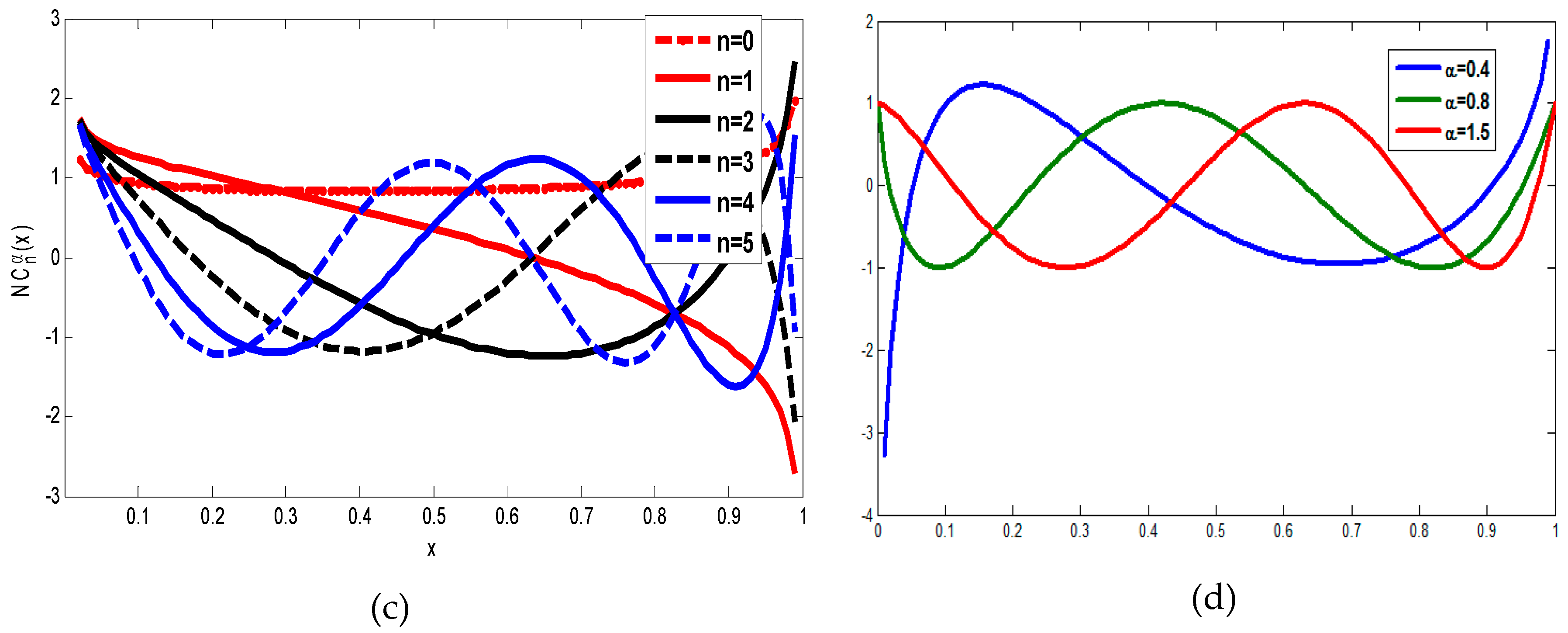
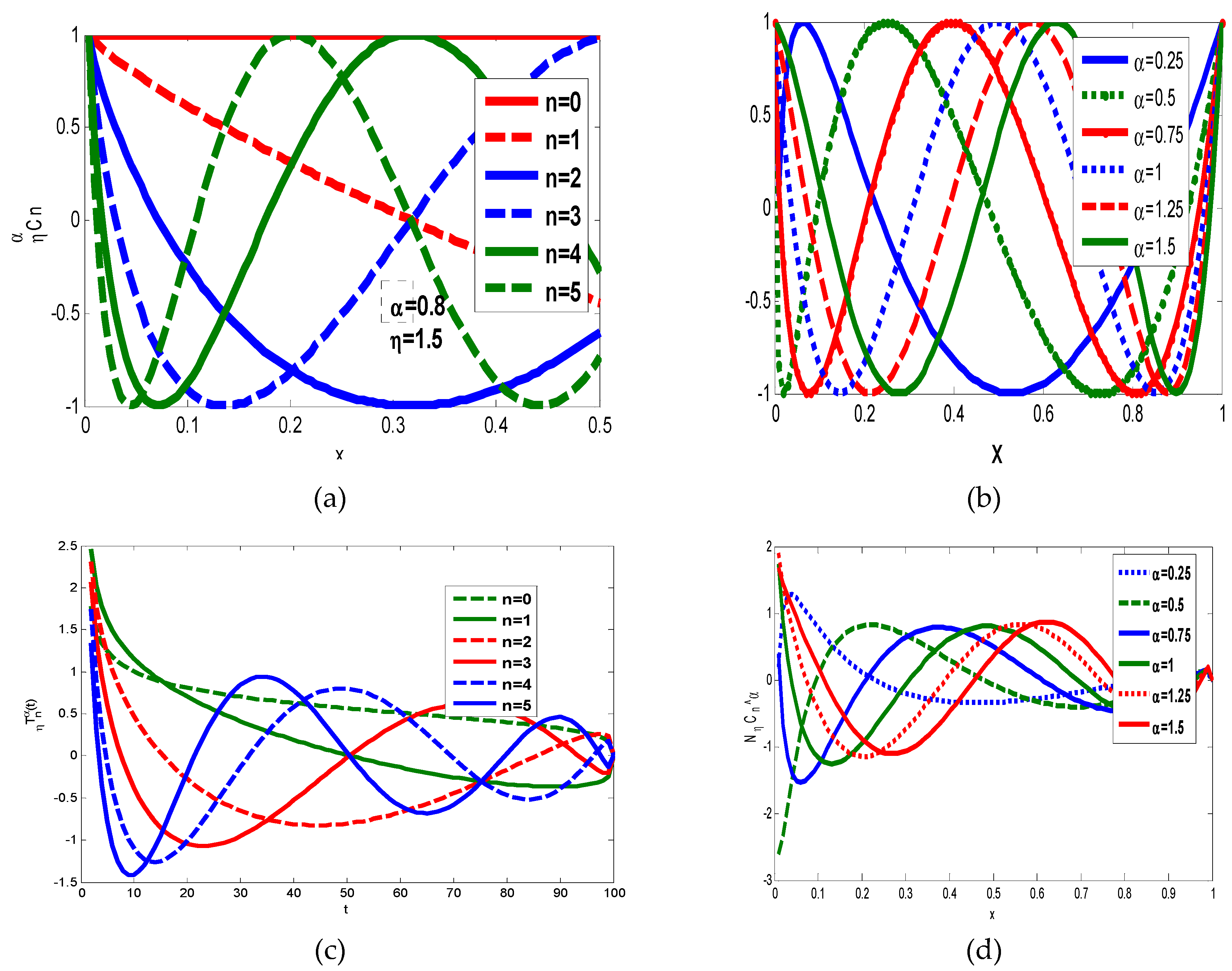
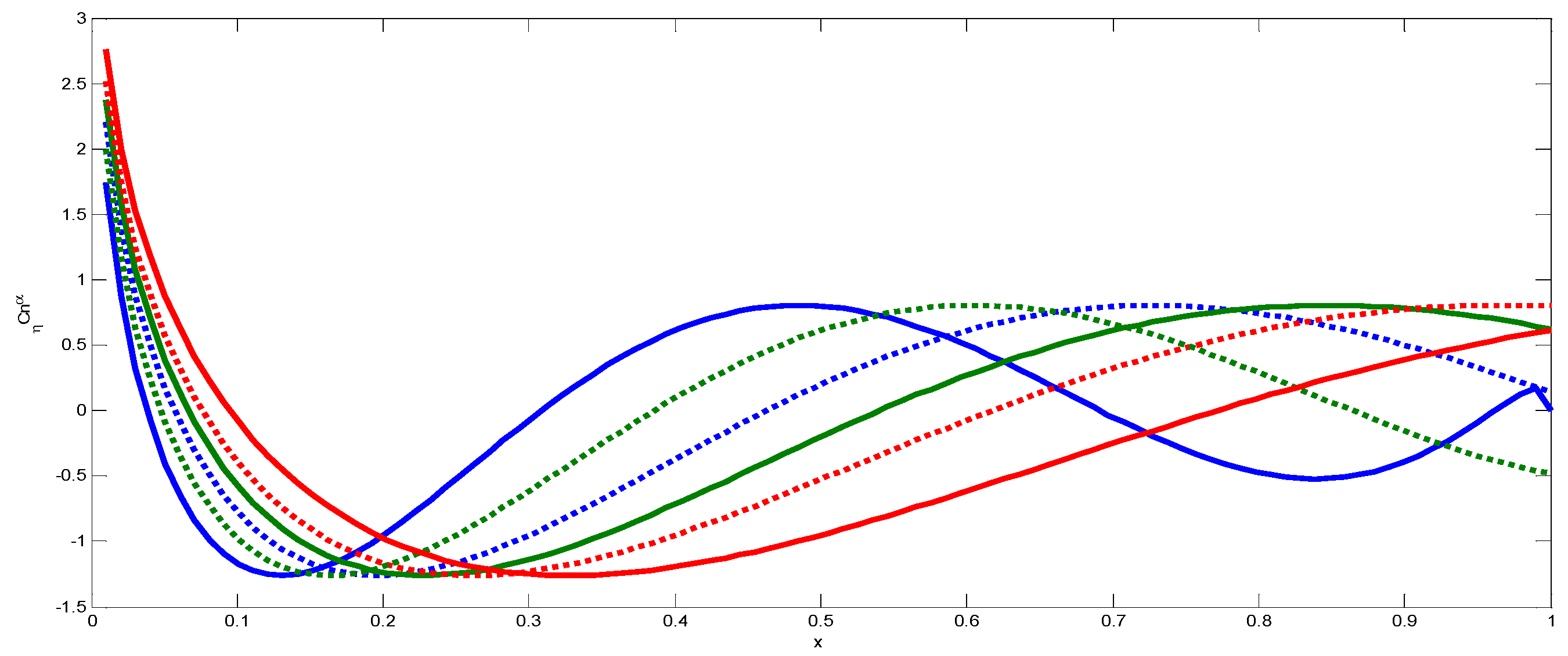
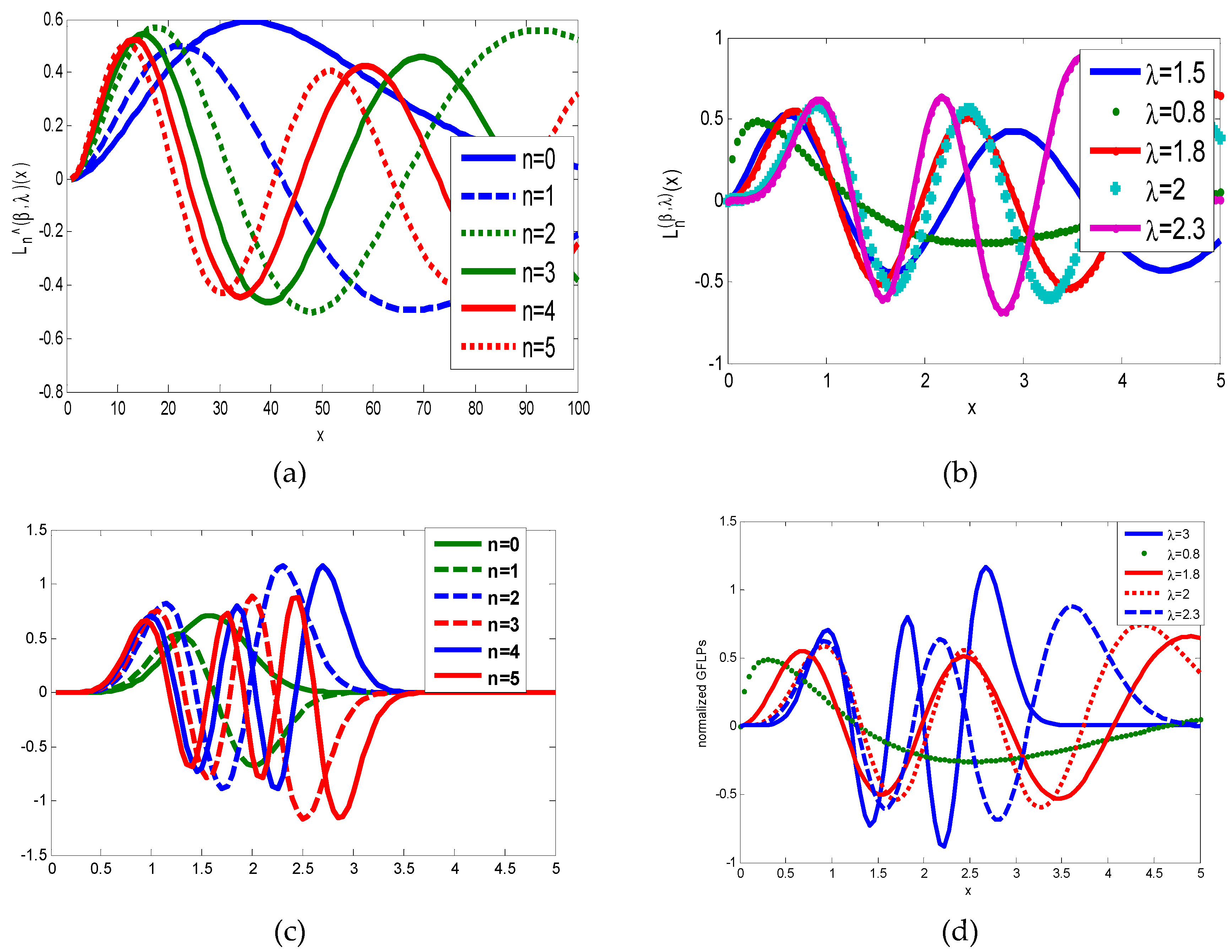

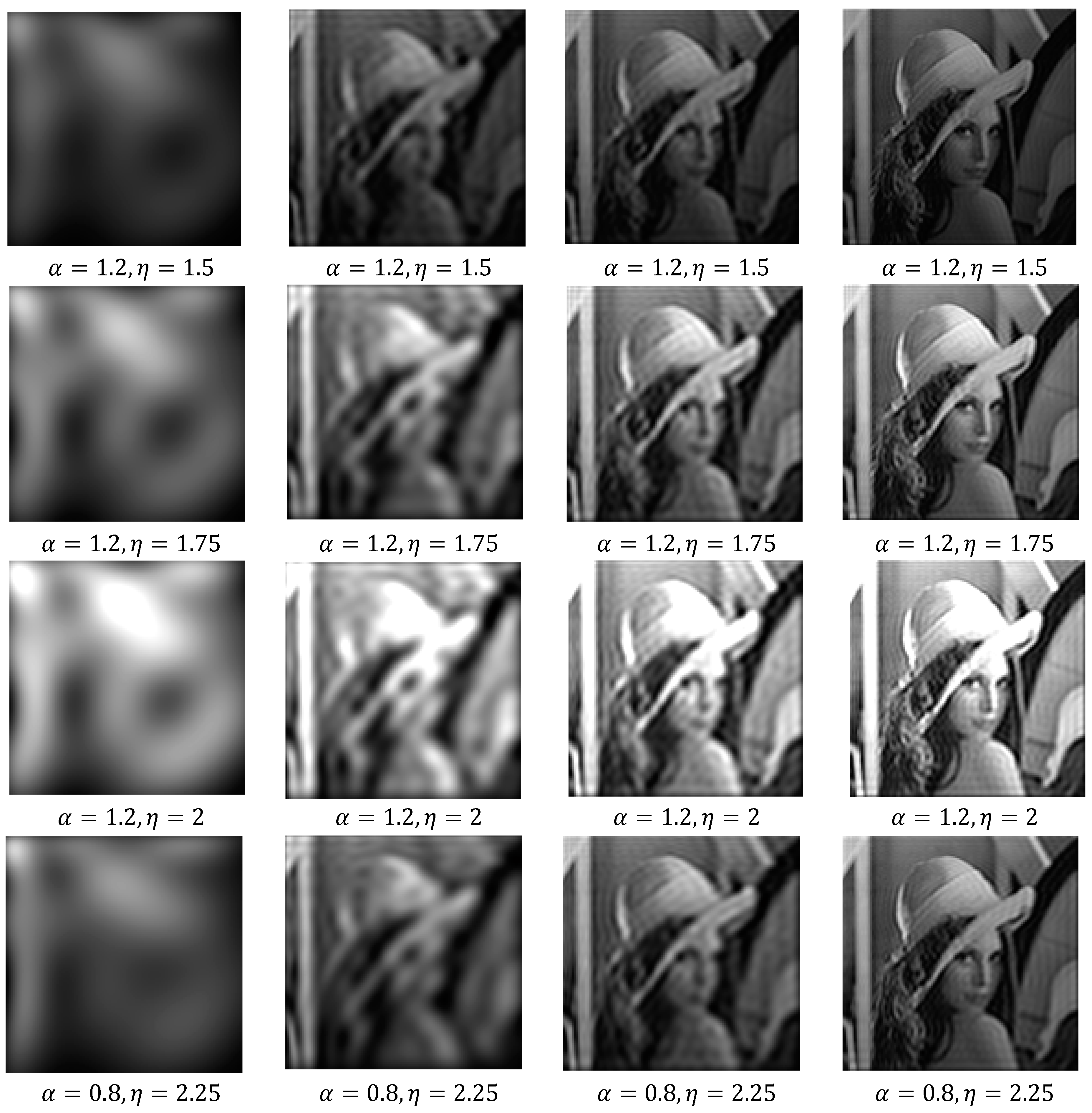

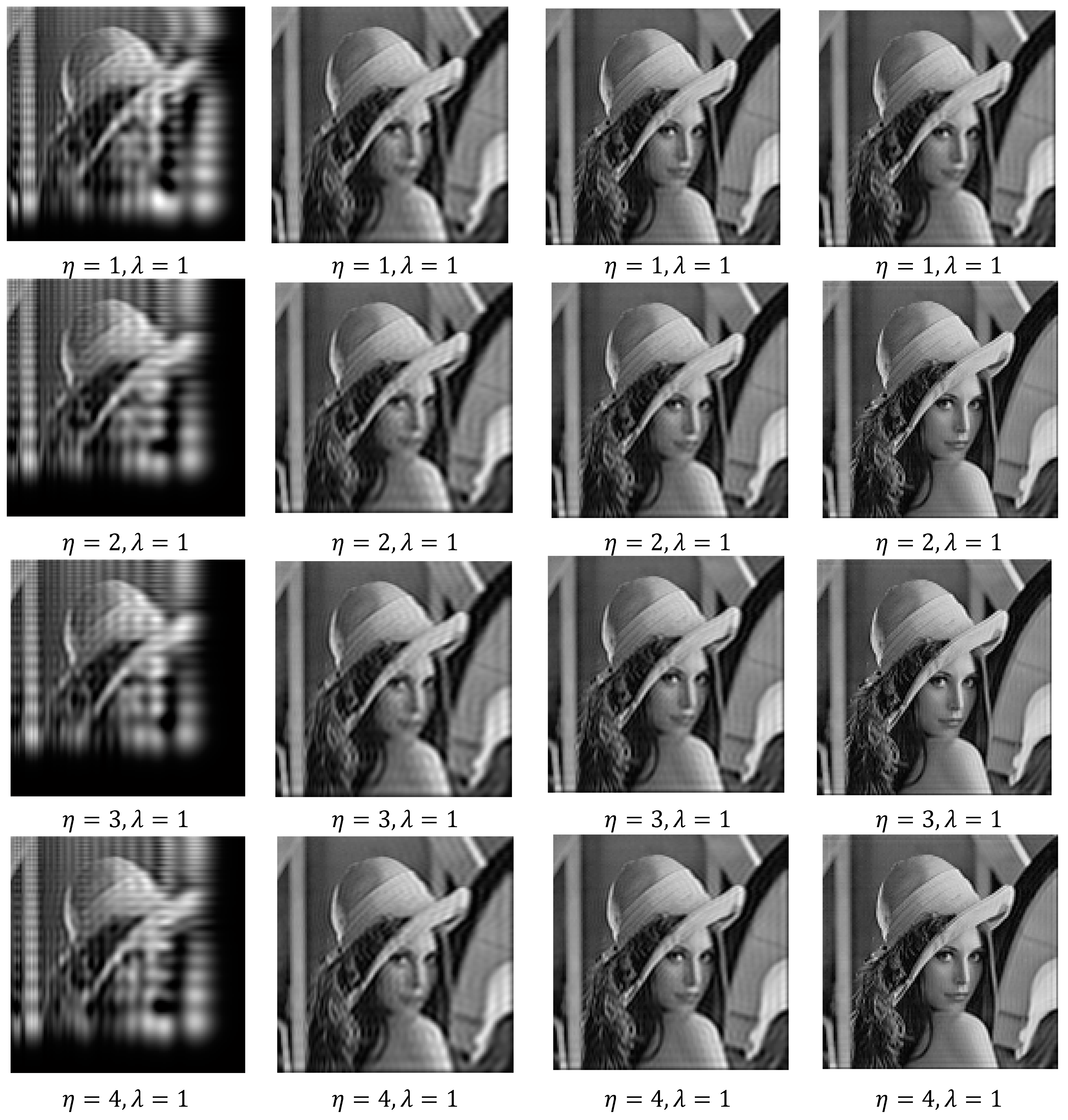
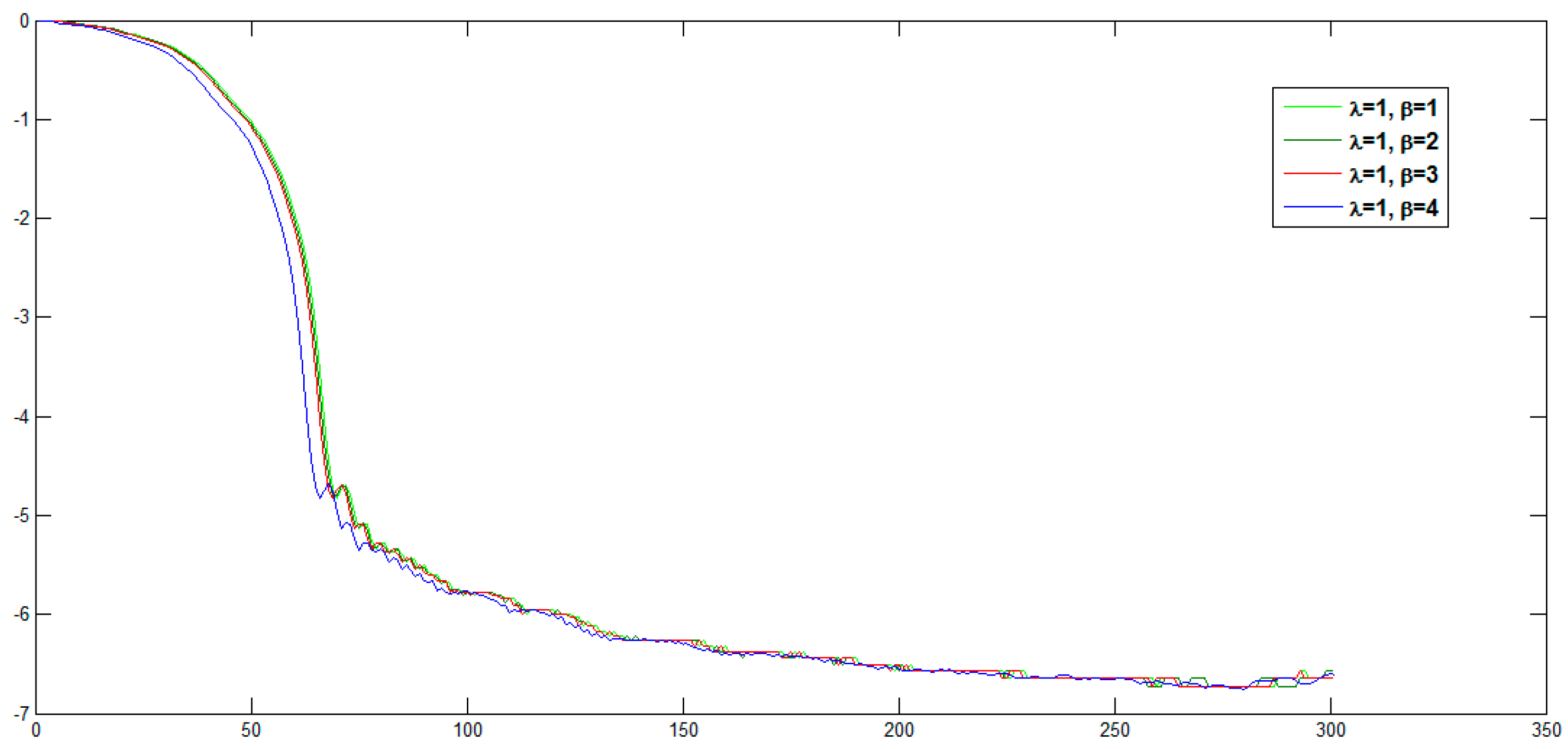
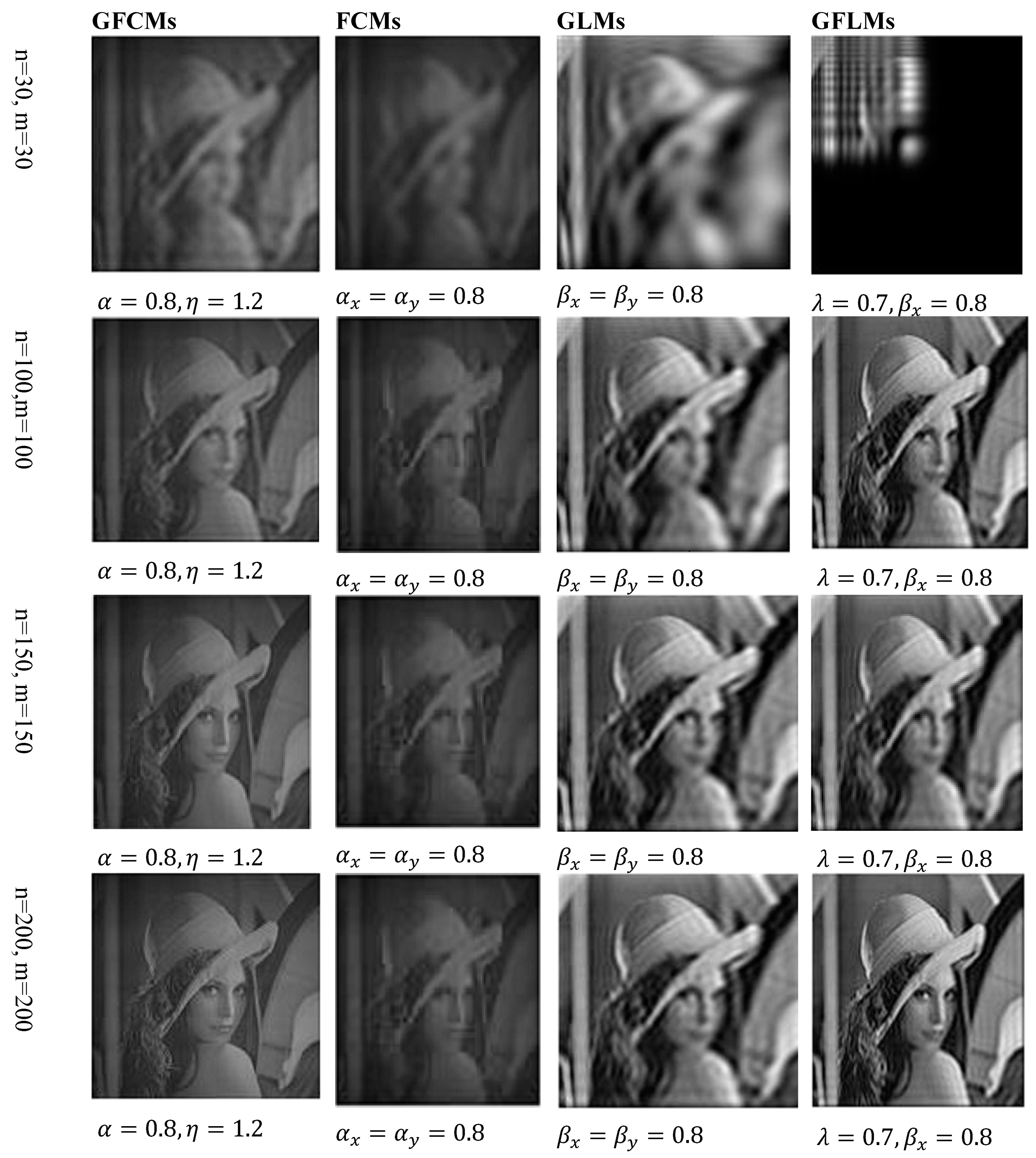

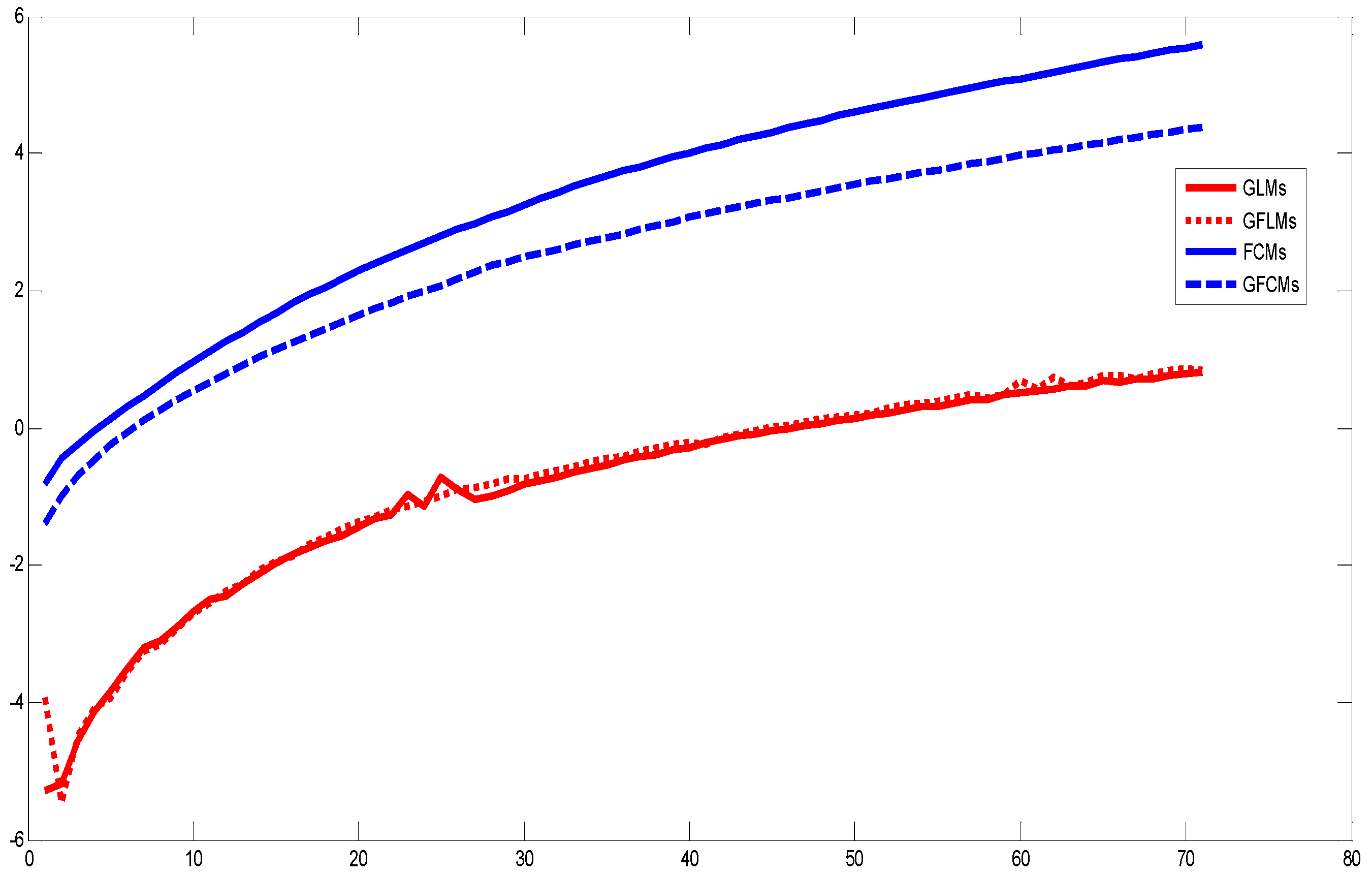
© 2020 by the author. Licensee MDPI, Basel, Switzerland. This article is an open access article distributed under the terms and conditions of the Creative Commons Attribution (CC BY) license (http://creativecommons.org/licenses/by/4.0/).
Share and Cite
Farouk, R.M. Image Reconstruction Based on Novel Sets of Generalized Orthogonal Moments. J. Imaging 2020, 6, 54. https://doi.org/10.3390/jimaging6060054
Farouk RM. Image Reconstruction Based on Novel Sets of Generalized Orthogonal Moments. Journal of Imaging. 2020; 6(6):54. https://doi.org/10.3390/jimaging6060054
Chicago/Turabian StyleFarouk, R. M. 2020. "Image Reconstruction Based on Novel Sets of Generalized Orthogonal Moments" Journal of Imaging 6, no. 6: 54. https://doi.org/10.3390/jimaging6060054
APA StyleFarouk, R. M. (2020). Image Reconstruction Based on Novel Sets of Generalized Orthogonal Moments. Journal of Imaging, 6(6), 54. https://doi.org/10.3390/jimaging6060054




